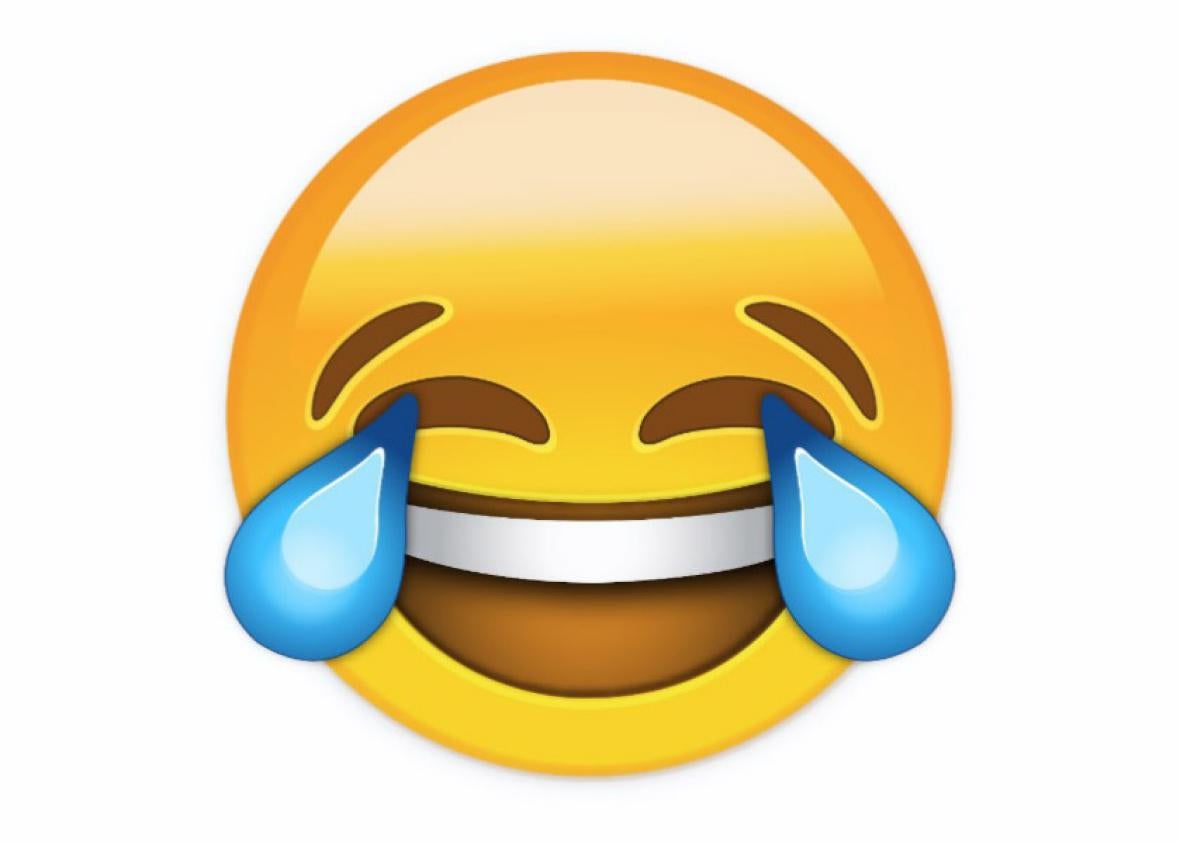On a recent episode of NPR’s Wait Wait…Don’t Tell Me!, the panel questions turned to a popular topic in modern society: emoji.
The question revolved around a woman who is petitioning for the addition of a women’s shoe emoji other than the sexist red stiletto. Comedian Paula Poundstone, a voice of reason whenever she’s on the weekly quiz program, chimed in after host Peter Sagal called emoji “realistic.”
“They’re not realistic. They’re stupid,” she said. “What possible purpose could you have for sending a picture of a shoe?”
While some of us could certainly think of scenarios where sending a red high heel emoji is appropriate, she makes a point. Most of the icons in our phones’ growing emoji libraries serve no useful purpose. “After 5,000 years of technological progress, we’ve returned to eking approximate meaning from pictograms,” emoji critic Ben Smithurst wrote in 2013. When USA Today temporarily adopted emojis in print alongside stories two years later, the result seemed unnecessary, crass, and borderline offensive—particularly in the case of a sad face accompanying a story of a U.S. airman stabbed in a bar altercation. There have even been entire books written in emoji. Some argue that emojis are dumbing down our formerly subtle, complex language of communication and are, in fact, ruining civilization.
But luckily, that’s not how most of us are using emoji.
On Monday, Apple revealed the 10 most popular emoji in the U.S. At the top of the list: the “face with tears of joy” emoji—the very same graphic that earned the honor of the Oxford Dictionary’s 2015 word of the year. But it’s the rest of the list that’s more telling. The top 10 emoji we use are all emotion-related. No eggplants, no animals, no dancing ladies. The No. 2 emoji, for example, is the red heart; third most popular is the “sob” emoji, with a river of blue tears streaming from the smiley’s eyes; fourth is the heart eyes smiley; and fifth is the “kissing heart” (a smiley blowing a kiss with a heart) icon.
Clearly, most of us aren’t creating hieroglyphic-style puzzles with our emoji messages. That is, we aren’t substituting in emojis right and left for actual words. Some may be shocked or relieved to know that neither the eggplant nor the peach emoji ended up in the top ten. For those in the “relieved” camp, you’d also be relieved to know that we’re using emojis how they should be used: to augment our brief, typed out communications. We’re appending them to the end of messages to show that we commiserate, that we’re sad, or, more often than not, that we’re laughing.
Take the “face with tears of joy”: It’s an important emoji. For starters, it’s versatile. Sure, many people use it to denote that they’re laughing or that something’s funny. But a lot of people also use it when talking about something embarrassing or face palm-worthy that happened to themselves. And then, of course, there are times we use to mean “I’m laughing because otherwise I’d be crying.” In today’s political climate, that does seem to be the prevailing sentiment of the year.
If you’re not penning a detailed email or a love letter, chances are you’re not offering your recipient a lot of context. An emoji adds that context. This can be important, especially if you’re texting with your partner. I’ve spoken with one relationship counselor who went so far as to recommend clients not text with their partners in order to prevent miscommunication. That was before emojis were as popular as they are these days.
For those of us like Wait Wait’s Paula Poundstone, who mourn the loss of intelligent communication as “stupid” emojis gather momentum, you can take heart in today’s news. We’re not going overboard with the ice cream or the stiletto or the poop emoji. Emoji are just helping us share our feelings in today’s pixel-centric world.
